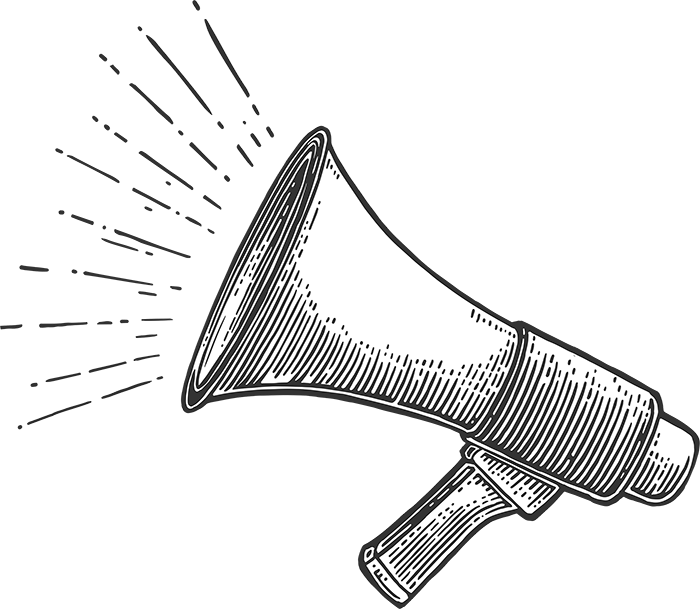Turn Brain Science into Bucks: Incorporating Persuasive Messaging into Your Content Strategy
 |
Greg Jarboe is our moderator for this session focused on ways to unlock your prospect’s mind with consumer psychology and neuromarketing. Our speakers are Graeme McLaughlin, Manager Digital Marketing, British Columbia Automobile Association, and Heather Lloyd-Martin, CEO, SuccessWorks.
Heather’s up first and she says that she pitched this session topic because she’s found that writers are only thinking about keywords. But content marketing is more than just writing words on a page. When people are making buying decisions, at the end of the day it’s all about how people feel, not logic.
The show Mad Men does a good job talking about the motivators behind content. Humans are very ritual based. We have the same steps we do when we get up in the morning. Learn how to tap into a prospect’s head, what they’re thinking. Then transfer those motivating factors into the page. That’s the difference between good copy and great copy.
On the screen is a slide of Maslow’s Hierarchy of Needs. If people aren’t getting their physiological needs met, they’re not going to care about a cool car. This is especially important in today’s economy. This concept of ordered needs relates to content and marketing.
Take a home loan modification site, for example. This site needs to speak to physiological needs — keeping a roof over one’s head. A site about home security needs to speak to the safety needs. A furniture site needs to speak to social needs. A site that sells vacation homes speaks to esteem needs.
Psychology in SEO copy writing is incredibly important. When you understand what makes your target market tick, you can create and structure copy towards them based on emotions.
The Bandwagon Approach
 |
We like to feel like we’re one of the crowd. No matter how different we feel we are, we want to do what other people like us are doing. Mirror neurons shows this effect. Crocs are not attractive but they became popular because people saw them in the crowd. Acquiring these things makes us feel like we’re the same as everyone else.
We also see this on Twitter. We look at things like followers to determine self worth.
How to leverage this:
- Include logos/names of current/past clients.
- PR/content marketing campaign to build brand.
- If you have a service-oriented site, consider adding a blog (for comments) or testimonials.
- Twitter for personal branding.
There are things to remember when you work with testimonials. It’s not just getting testimonials. It’s matching the testimonial with the offer, target audience and where someone is in the purchasing decision. When matching the testimonial to the audience, think about verticals as well as the size of the company/brand.
When’s the best time to ask for a testimonial? When you do someone a favor, they are initially thrilled by your service. Three months later, the perceived importance of that work starts going down. The best time to ask for a testimonial is right after you’ve done something for them.
The Need to Differentiate
People are inundated with information. We have a hard time filtering information. One of the ways you can increase conversion rates is to decrease the choices. Head and Shoulders had 26 kinds of shampoo and reduced it to 15. They actually saw a 10 percent increase in sales. Simplicity is a good thing.
How to leverage this:
- Don’t let your customers overwhelm — reduce choices, test and consider reducing again.
- Know that there is power in simple. Too many choices can confuse.
When Free is Not Good
Sometimes “free” signifies a lack of value.
How to leverage this:
- If you’re providing an incentive gift, include the value of the gift in the text.
- If you’re offering a “discount,” consider including the retail price.
- If you’re offering a “savings,” tell them how much.
This is especially important in the recession economy.
Compromise Choices
People compromise between a low-priced product and a higher-priced product by opting for the less expensive version. If there are three choices, the middle choice is often chosen.
Pricing structures should be tested. Boost sales by changing the order in which you make your request.
How to leverage this:
- Slice choices to three (differentiation).
- Place the most expensive option first — everything else looks like a bargain.
Decoy Marketing
Offer one so-so choice so it makes the other choices seem better.
Takeaways
A better understanding of psychological processes results in more effective online sales. How you structure and strategize your writing is more than just keywords. It’s also understanding your prospects’ underlying motivations.
 |
Graeme is next to talk about the brain science BCAA never knew they had. The British Columbia Automobile Association is part of the AAA/CAA group. One in three households in British Columbia has a BCAA membership. They ran an ad that said:
1 in 3 households carry our membership. Are you a member? 763,000 people are members. Join today.
They were testing ad copy for PPC. The click through rate increased for an ad that said that they were highly rated by customers versus an ad that just talked about the low cost.
Social Proof: Life Stage Testimonials
- Make it about the customer.
- Use images of real customers.
- Geo-target ads to match landing pages.
- Staff name mentioned in testimonial.
- Testimonials above the call to action.
Selling Option B
They have a table of membership types with a description and the fee. One of the choices is selected by default. When they changed the default to a higher package, there was a lift in those sales.
Too much information can be avoided by asking customers what features are the most important. They ended up with a much simpler table. They originally highlighted the mid-level package they wanted to sell most of. Then they tried highlighting the top option, and it had the effect of driving more sales of the mid-option, the option they wanted to sell most.
Next Steps
- Work with your product groups and customers.
- Find the low hanging fruit (like product defaults).
- Use campaign traffic to test application changes.
- Build a social marketing concept cheat sheet.
26,000+ professionals, marketers and SEOs read the Bruce Clay Blog
Subscribe now for free to get:
- Expert SEO insights from the "Father of SEO."
- Proven SEO strategies to optimize website performance.
- SEO advice to earn more website traffic, higher search ranking and increased revenue.

One Reply to “Turn Brain Science into Bucks: Incorporating Persuasive Messaging into Your Content Strategy”
Two excellent books on this topic you might be familiar with already are: How We Decide by Jonah Lehrer, as well as my newest book: Neuro Web Design: What makes them click?
LEAVE A REPLY









